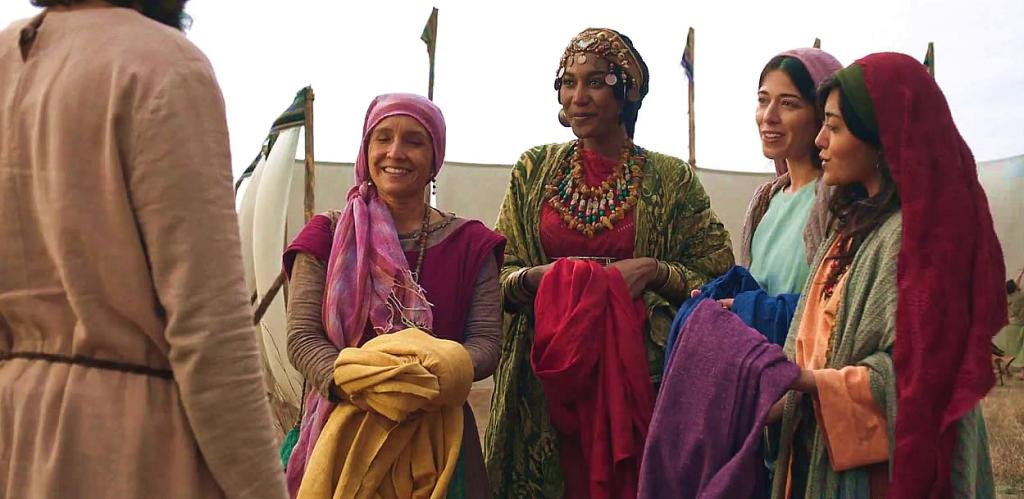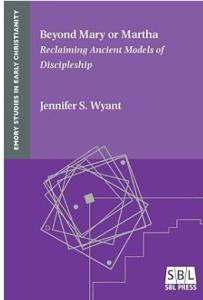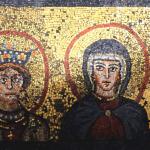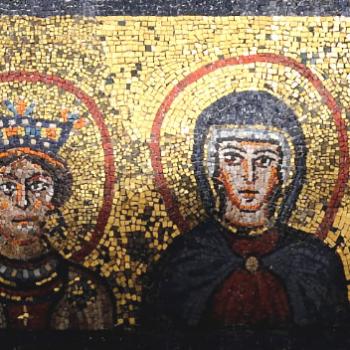This is an addition to the series: The Role of Women in Christianity.
After the Introduction, the first article laid out the evidence for The Women who Followed Jesus.
Jesus broke the rules of first century Judea. This is just another reason for why the Pharisees disliked Him.

- He allowed women to travel with Him (single women, married women without
their husband, former prostitutes) - He touched lepers, demoniacs, corpses…and women
- He allowed Gentiles to touch Him
- He allowed women to touch Him
Then we looked at The Women in the Orbit of the Apostle Paul.
The evidence indicates that Paul followed the example of Jesus with respect to the involvement of women.
Next we looked at the difficult passages that state “Women shall Remain Silent in Church.” In this article I present solid scholarship to show that some of the earliest manuscript traditions were edited to place more strict rules on women in the churches.
Then we looked at Women in Problematic Groups During the Second Century.
I presented a theory (other scholars have suggested this theory) that the women in these different sects pushed some men in positions of influence to tamper with the early NT manuscripts (MSS), especially in the “Western” tradition.
The “Western” MSS family is seen as one of the earliest text traditions.
Recently the famous text of Mary and Martha in Luke 10:38-42 has jumped out at me.
Let’s take a quick look at this passage.
Jesus Visits the Home of Mary and Martha
Jesus was teaching in the home of Mary and Martha (sisters of Lazarus). Martha is busy offering the proper hospitality for her guests (preparing food and attending to their needs) while her sister Mary is sitting at the feet of Jesus as He is teaching. v39
Martha complains to Jesus that her sister is not doing her expected duty. v40
Jesus tells her that “Mary has chosen what is better, and it will not be taken away from her.” v42
A Woman Breaking Cultural Norms
Mary, a first century Jewish woman living in Judea is sitting with the men, listening to Rabbi Jesus. We are not told who was sitting and listening to Jesus. We can assume that the twelve disciples were part of the audience, but what about Mary Magdalene and the other women who followed Jesus?
We are not told, but Luke 8:1-3 makes it clear that women were oftentimes traveling with Jesus. I think it is a safe bet that some other women were there as well.

Mary is breaking the rules of Judean culture. Her sister Martha is following their culture and has every “right” to complain to Jesus. [-1-]
Given the cultural norms, there are at least three significant things happening here:
- Women are being instructed by a rabbi.
- The male disciples do not complain.
- Jesus affirms Mary.
Jesus is breaking cultural rules again.
Not only does He allow women to sit with men learning, He affirms Mary for NOT following the cultural rules.
Servanthood is important to Jesus. His words to Martha are not intended to criticize her for doing her cultural duty, but Jesus affirms a woman who is inserting herself into the “man’s world” while defending her against the criticism of Martha.
This passage further shows the affirmation of women in the ministry of Jesus.
This appears to also be the case in Paul’s ministry.
Any and all NT passages that appear to restrict the role of women should be viewed through the lens of these two important antecedents…the ministry of Jesus and Paul.
AND
This famous passage about Mary and Martha should stand as a first priority text in the ministry of Jesus to illustrate that the Role of Women in Christianity cannot be limited to hospitality.
NOTES:
1. Jennifer Wyant’s monograph should be consulted on this text: Beyond Mary or Martha: Reclaiming Ancient Models of Discipleship, Wyant, Jennifer S. (SBL Press 2019). Available on Amazon.com.
Wyant points out that “welcoming guests into one’s home is a recurring theme in Luke-Acts, appearing multiple times…Hospitality more broadly is an important theme throughout Luke-Acts…his antagonists as violating cultural mores of hospitality and his protagonists as being proper hosts and hostesses.” Luke uses the verb hupodechomai as a technical term indicating “hospitality.” p.41-42
In my opinion this is a very important work, thus a lengthy footnote. I like Wyant’s approach: she begins her examination by looking at how this story was exegeted by ancient writers. She then adds her own exegesis. She outlines the work of other scholars as attempts to reconstruct the historical story because for these scholars “the text as it stands has been corrupted by Luke’s editorializing and is in need of historical correction.” Then Wyant states that she is not going to approach the text as if it needs to be reconstructed. p.18
Wyant points out a textual variant, but I seriously doubt there is any significant evidence to show that this passage has been tampered with or that there is evidence of corruption. I have been reading leading NT scholars and MSS experts on passages dealing with women and this text has NEVER been mentioned as having corruption.











